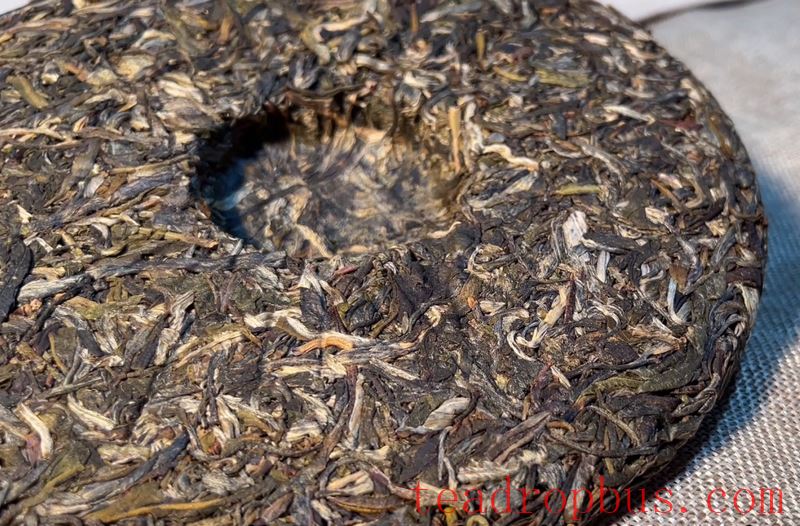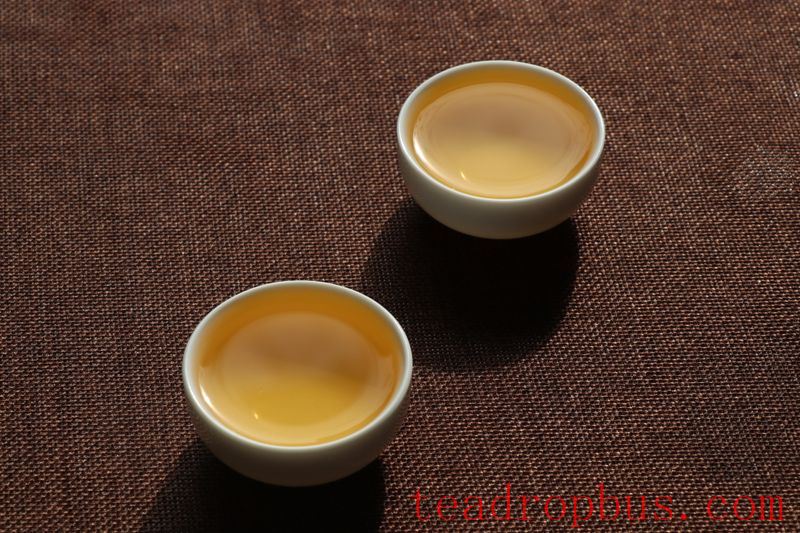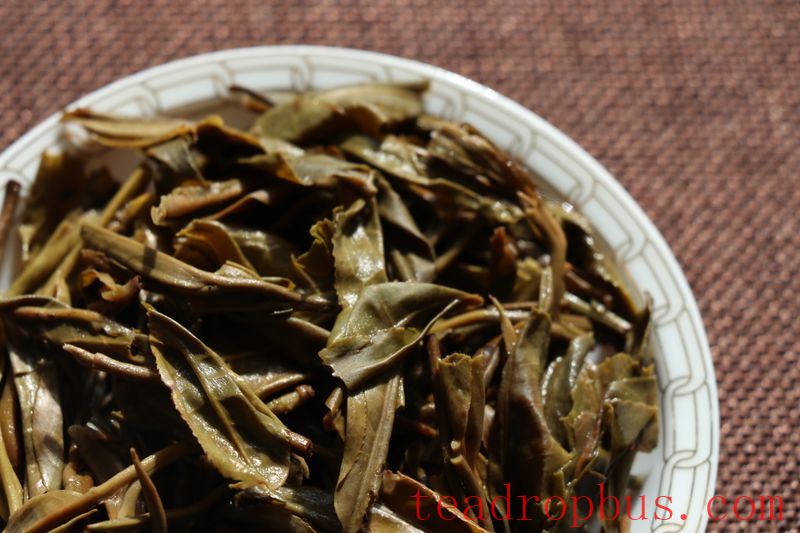In recent years, more and more people have started to enjoy Tea, and there are increasing channels for purchasing tea. From physical stores to online shops and WeChat business friends, tea is everywhere. However, prices and quality can vary greatly, making the market seem murky. This is especially true for Pu'er tea, which is often described as having many pitfalls and a deep water market. So, how can one identify the authenticity of Pu'er tea?

How to Identify the Authenticity of Pu'er Tea
1. Look at the appearance
Good Pu'er tea has a brownish-red color (often referred to as liver-colored), with plump and tightly bound leaves. When you smell it, there should be subtle scents of Osmanthus, rose, camphor, jujube, lotus, and a special aged fragrance. For compressed Pu'er teas (cakes, bricks, tuochas, etc.), the shape should be neither too tight nor too loose, with a normal color range from dark green to brown or reddish-brown. Taking raw cakes as an example, after 3-5 years, the cake should be tightly bound with a complete circular edge and the stems should have a light purple hue. After 5-7 years, the cake remains intact with completely purple stems. After 7-10 years, the edges of the cake become lighter and may shed some particles, with deep purple stems. After 10 years, the edges of the cake loosen up, and the edges of the leaves become indistinct.
2. Observe the color of the leaves
To determine the authenticity of Pu'er tea, observe the color of the leaves: whether they are dark or light and how much luster they have. Genuine Pu'er tea typically has a liver-colored hue, and Pu'er tea aged for over five years should have this blackish-red color. Thirdly, look at the color of the tea liquor. High-quality Pu'er tea produces a clear, bright liquor with an oil-like film on the surface. Poor quality tea will produce a dark or murky liquor. Fourthly, smell the aroma. Does it have a clear and sweet scent that lingers? For aged teas, there should be a characteristic aged fragrance, a very sweet and refreshing scent, not a musty odor.

3. Observe the color of the liquor
As the saying goes: “Smell Oolong, admire Pu'er.” Place 3-5 grams of Pu'er tea in a pot and brew with boiling water. Pour the brewed tea liquor into a crystal glass cup to observe its color. The liquor of Pu'er tea should be a bright, clear red. Theaflavins are the main component responsible for the red color, and as Pu'er tea ages and undergoes further fermentation, insoluble theaflavin complexes increase, making the liquor increasingly red. A liquor that appears greenish or yellow indicates insufficient aging, while a liquor that is brownish-black, murky, or has suspended particles is indicative of spoiled Pu'er tea.
4. Examine the infused leaves
After brewing, examine the infused leaves (tea residue). Look for softness, color, and uniformity. Soft, plump leaves with elasticity, a brownish-red color, and even coloring indicate good quality. If the leaves lack elasticity, are unevenly colored, black, or rotten like mud, or do not fully unfurl, the quality is poor.

5. Taste the flavor
How can one identify the authenticity of Pu'er tea? Primarily by tasting the Pu'er tea liquor, smelling its aroma, and evaluating its taste. The tea should be sweet, smooth, full-bodied, and have a mature fragrance. Here, “full-bodied” refers to the tea being rich and not watery, with a concentrated and aromatic taste. “Mature fragrance” refers to the unique, mellow aroma of Pu'er tea. It's important to distinguish this from moldy or off odors, as teas with these odors are the result of failed fermentation and are not safe to drink.